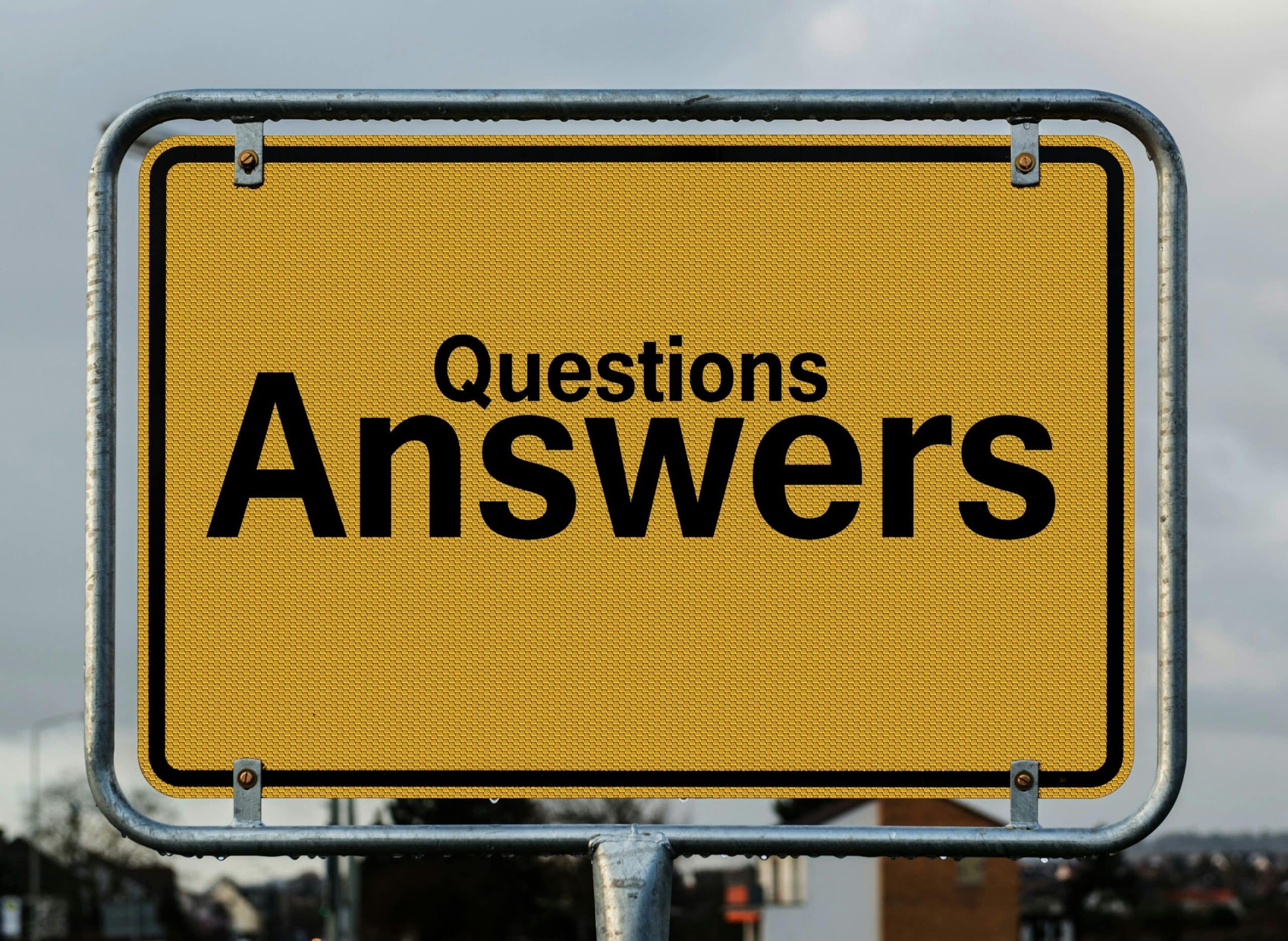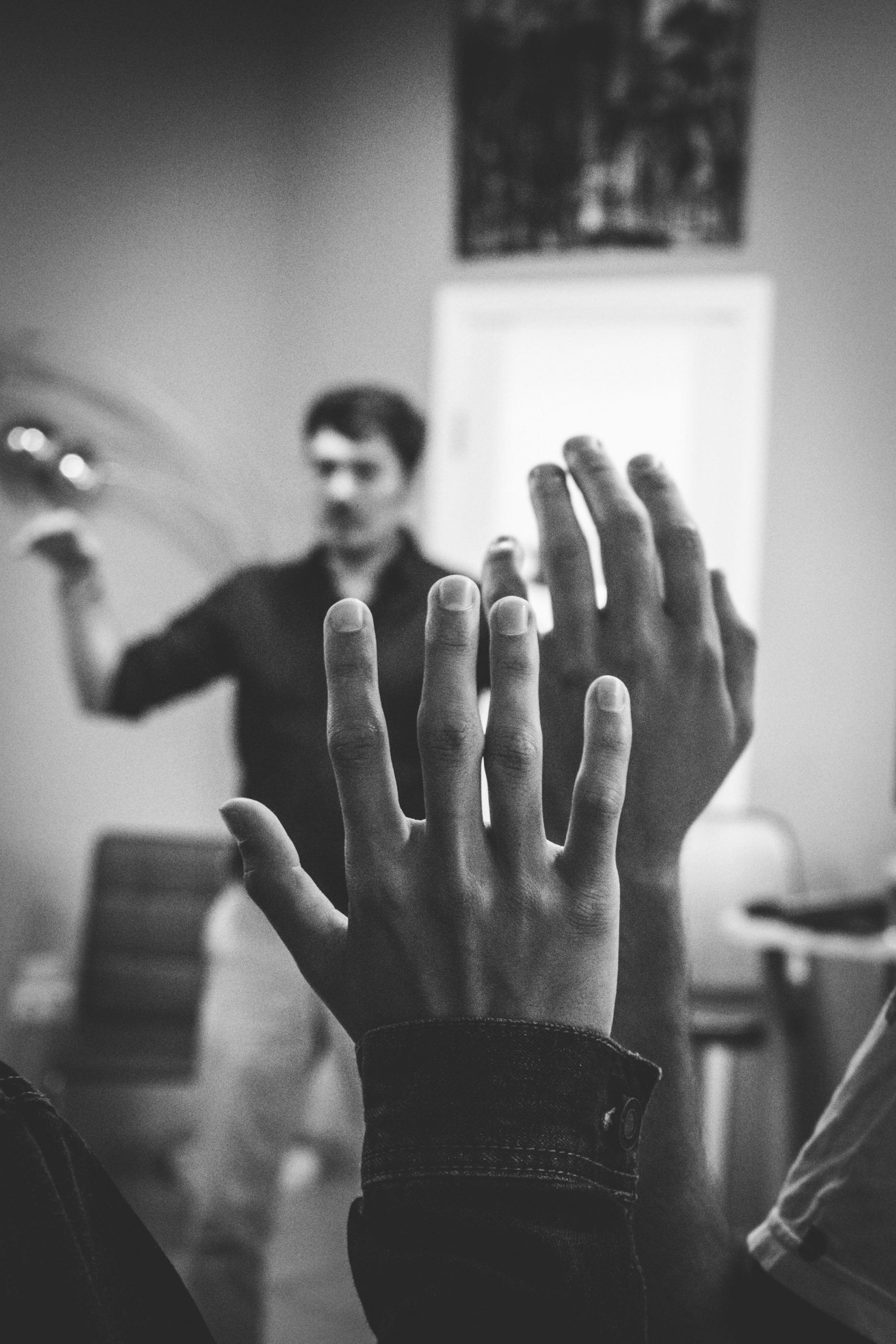
Trampoline parks have become popular recreational spots, offering fun and physical activity for people of all ages. However, along with the enjoyment they provide, trampoline parks also carry inherent risks of injury. If you think filing a trampoline park injury lawsuit is too much, you would be surprised how common these are.
The common trampoline park injuries include broken bones, bruises, spinal injuries, and more. This is what makes the trampoline park accidents so dangerous. The parties at fault might try to get a trampoline park waiver, but the compensation for trampoline park injuries ranges in hefty amounts.
If you or a loved one has been injured at a trampoline park, understanding your legal options is crucial. This article explores the various aspects of trampoline park injuries, liability, and the legal considerations involved in pursuing a lawsuit.
What is a Trampoline Park?
Trampoline parks have surged in popularity in recent years, providing families and thrill-seekers with an exciting way to enjoy physical activity. These indoor facilities feature a variety of interconnected trampolines, foam pits, and other equipment designed for bouncing.
They are also used for flipping and other acrobatic maneuvers. While they offer an entertaining experience, trampoline parks also pose significant risks that can lead to serious injuries.
Understanding these risks of a trampoline accident and knowing your legal rights is crucial if you or a loved one is injured at a trampoline park.
How Common Are Trampoline Park Injuries?
Trampoline park injuries have become increasingly common as these facilities grow in number. According to the U.S. Consumer Product Safety Commission, there were over 100,000 emergency room visits due to trampoline injuries in 2018 alone.
Trampoline park injuries can range from minor scrapes and bruises to severe injuries like fractures, spinal cord injuries, and even traumatic brain injuries. The prevalence of these injuries highlights the importance of safety measures and the need for legal recourse when accidents occur.

Common Causes of Trampoline Injuries
Several factors contribute to the high incidence of trampoline park injuries:
Lack of Supervision:
Insufficient staff supervision can lead to unsafe behaviors and accidents.
Inadequate Safety Measures:
Missing or poorly maintained safety nets, padding, and other protective equipment can increase the risk of injury.
Overcrowding:
Too many people on the trampolines at once can result in collisions and falls.
Faulty Equipment:
Defective trampolines or poorly designed foam pits can cause severe injuries.
Dangerous Tricks:
Attempting risky maneuvers without proper training or supervision can lead to serious injuries.
What Are the Common Types of Trampoline Injuries?
Trampoline injuries vary in severity, but some of the most common types include:
Sprains and Strains:
Often affects the ankles, knees, and wrists.
Fractures:
Broken bones, especially in the arms and legs, are frequent due to the high-impact nature of jumping.
Spinal Cord Injuries:
These can range from minor back pain to severe spinal cord damage.
Neck Injuries:
Resulting from improper landing or collisions. However, there should be no pre-existing neck injuries to get proper compensation.
Traumatic Brain Injuries:
Including concussions, which can have long-term effects.
Soft Tissue Injuries:
Such as bruises and cuts.
Severe Injuries:
In extreme cases, injuries can be life-threatening, including even wrongful death.
What Should I Do After a Trampoline Park Accident?
If you or a loved one is injured at a trampoline park, taking immediate action can help protect your rights and strengthen your case. Here are the steps you should follow:
- Seek Medical Attention: Get medical help immediately, even if the injury seems minor. Some injuries may not be apparent right away.
- Report the Incident: Notify the park management about the accident and ensure that it is documented.
- Gather Evidence: Take photos of the accident scene, your injuries, and any potential hazards. Collect contact information from witnesses.
- Avoid Signing Anything: Do not sign any documents or waivers presented by the park without consulting a personal injury lawyer.
- Contact a Personal Injury Lawyer: An experienced attorney can help you navigate the legal process and determine your eligibility for compensation.

Who Is Liable for Trampoline Injuries?
Liability for trampoline injuries can be complex, involving multiple parties. Potentially liable parties include:
- Trampoline Park Owners: Owners are responsible for maintaining a safe environment and ensuring that safety standards are met.
- Equipment Manufacturers: If the injury was caused by defective equipment, the manufacturer might be held liable.
- Staff and Supervisors: Employees who fail to enforce safety rules or provide adequate supervision can be held responsible.
- Other Patrons: In some cases, another person using the trampoline park recklessly may be liable for your injuries.
Can I Sue a Trampoline Park if I Signed a Waiver?
Many trampoline parks require participants to sign liability waivers before using their facilities. These waivers are designed to protect the park from lawsuits, but they do not always provide absolute immunity. You may still be able to sue under certain circumstances:
Gross Negligence:
If the park’s staff or management acted with gross negligence or recklessness, the waiver might not protect them.
Defective Equipment:
If your injury was caused by faulty equipment, the manufacturer could be liable.
Failure to Maintain Safety Standards:
If the park failed to adhere to safety regulations and standards, you might have a case despite signing a waiver.
When Can I Sue a Trampoline Park?
You can sue a trampoline park if you can prove that their negligence or recklessness led to your injury. Common grounds for a lawsuit include:
- Unsafe Conditions: Poorly maintained equipment, insufficient safety measures, or hazardous conditions can justify a lawsuit.
- Lack of Supervision: If the park failed to provide adequate supervision, leading to your injury, you might have a case.
- Violation of Safety Standards: Parks that do not comply with industry safety standards and regulations can be held liable for injuries.

How to Sue a Trampoline Park in Las Vegas if You Signed a Liability Waiver
If you decide to sue a trampoline park in Las Vegas despite signing a liability waiver, follow these steps:
- Consult a Personal Injury Lawyer: An attorney experienced in trampoline park injury lawsuits can evaluate your case and guide you through the legal process.
- Collect Evidence: Gather all relevant evidence, including medical records, photos of the accident scene, and witness statements.
- File a Complaint: Your lawyer will help you file a formal complaint against the trampoline park, outlining the details of your injury and the grounds for your lawsuit.
- Negotiate or Litigate: Your attorney will negotiate with the park’s insurance company or legal team to reach a settlement. If a fair agreement cannot be reached, your case may go to trial.
Legal Considerations
When pursuing a trampoline park injury lawsuit, several legal considerations come into play:
- Statute of Limitations: In Nevada, you typically have two years from the date of the injury to file a personal injury lawsuit.
- Comparative Negligence: Nevada follows a modified comparative negligence rule, meaning your compensation may be reduced if you are found partially at fault for the accident.
- Proving Negligence: To succeed in your lawsuit, you must prove that the trampoline park’s negligence directly caused your injury.
How Much Is a Trampoline Injury Case Worth?
The value of a trampoline injury case depends on various factors, including:
- Severity of Injuries: More severe injuries generally result in higher compensation due to increased medical expenses and long-term impacts.
- Medical Bills: The cost of medical treatment, rehabilitation, and any future medical care are critical component of your claim.
- Lost Wages: If your injury prevents you from working, you can claim compensation for lost wages and reduced earning capacity.
- Pain and Suffering: Non-economic damages, such as pain and suffering, emotional distress, and loss of enjoyment of life, can also be included in your claim.

How an Attorney Can Help You in a Trampoline Park Injury Case
Dealing with a trampoline park injury can be overwhelming, especially when facing medical bills, lost wages, and the complexities of legal proceedings. Hiring an experienced personal injury attorney can make a significant difference in the outcome of your case. Here are several ways an attorney can assist you:
- Case Evaluation and Legal Advice: An attorney will assess your case’s details, provide expert legal advice, and outline your options for pursuing a claim. They will help you understand the strengths and weaknesses of your case.
- Understanding Liability and Waivers: Lawyers can interpret the enforceability of any liability waiver you signed and determine if exceptions apply, such as gross negligence or equipment defects.
- Gathering and Preserving Evidence: Attorneys will help collect and preserve critical evidence, including medical records, witness statements, and photos, which are essential for building a strong case.
- Establishing Negligence: They will investigate the accident to prove the trampoline park’s negligence, such as inadequate safety measures or lack of supervision, which contributed to your injury.
What More They Can Help With
- Calculating Damages: Attorneys will accurately assess all potential damages, including medical expenses, lost wages, and pain and suffering, ensuring you seek full compensation for your losses.
- Negotiating with Insurance Companies: Your lawyer will handle negotiations with insurance companies, aiming to secure a fair settlement and protect you from accepting inadequate offers.
- Filing a Lawsuit and Litigation: If necessary, your attorney will file a lawsuit, represent you in court, and present your case effectively to achieve the best possible outcome.
- Handling Legal Deadlines and Procedures: They will manage all legal deadlines and procedural requirements, preventing errors and ensuring that your case progresses smoothly.

Final Thoughts
Trampoline parks offer fun and excitement, but they also come with significant risks. If you or a loved one is injured in a trampoline park accident, understanding your legal rights and options is crucial.
While liability waivers can complicate the process, they do not always prevent you from seeking compensation.
An experienced personal injury lawyer can help you navigate the complexities of a trampoline park injury lawsuit and fight for the compensation you deserve.
Secure Your Rights and Compensation with BLG
At BLG, we understand the devastating impact a trampoline park injury can have on your life. If you or a loved one has been injured, don’t wait, contact our experienced personal injury lawyers today. We’ll provide a free case evaluation, help you navigate the legal process, and fight for the fair compensation you deserve.
Contact us today for a free consultation.





